Carbides Used In Hardfacing Applications
Introduction
In the demanding environments in which industrial machinery and equipment operate, components are exposed to significant wear. To reduce wear and extend the service life of these components, hardfacing is an important process.
Among the many materials used for hardfacing, carbides are noted for their high hardness and resistance to various forms of wear. This article examines the fundamentals of cemented carbide hardfacing, compares different carbide types and discusses their application techniques.
Fundamentals of Cemented Carbide Armour
- What is Hardfacing?
Hardfacing is a manufacturing process in which a layer of wear-resistant material is applied to a substrate or the surface of a component. This process is designed to resist abrasion, erosion, impact and corrosion, thereby extending the operational lifespan of industrial parts.
The armour is applied using various welding techniques, including shielded metal arc welding (SMAW), tungsten inert gas welding (GTAW) and plasma transferred arc welding (PTAW), among others.
-- Which Hardfacing Materials Are Available?
The choice of armour material depends on the specific wear conditions to which the component is subjected. Numerous materials may be used; however, carbides are especially valued for their quantified wear resistance and toughness. Carbides are compounds that consist of carbon and a less electronegative element such as tungsten, chromium, titanium, silicon or boron, each providing defined properties for hardfacing applications.
Further reading: An Introduction to Hardfacing Techniques
Cemented Carbide Types for Hardfacing Applications
A detailed comparison of the most frequently used carbides highlights their specific properties and suitability for different industrial applications:
1. Tungsten Carbide (WC)
- Properties: Tungsten carbide exhibits a high hardness level and maintains wear resistance at elevated temperatures. It retains strength even under high temperature conditions.
- Applications: It is primarily used in mining, drilling and cutting tools. Its hardness renders it appropriate for wear parts subjected to abrasion and erosion.
- Suitability: It is recommended for applications that require high wear resistance and durability under significant loads.
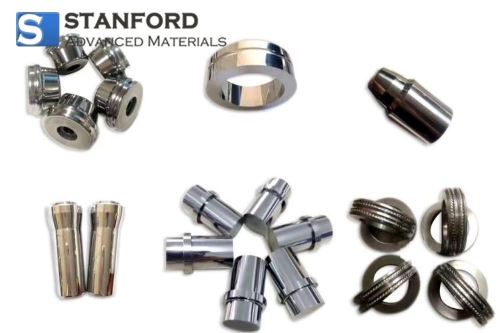
2. Chromium Carbide (Cr3C2)
- Properties: Chromium carbide is known for high oxidation resistance and retains much of its strength at elevated temperatures. It offers quantified wear resistance, particularly against abrasion.
- Applications: It is used in components for power generation, in aerospace parts and in environments where resistance to high-temperature corrosion and wear is required.
- Suitability: It is recommended for high-temperature applications where oxidative wear is a concern.
3. Titanium Carbide (TiC)
- Properties: Titanium carbide is characterised by a high melting point and considerable hardness comparable to tungsten carbide. It also provides reliable resistance to thermal cycling.
- Applications: It is used in tool heads for machining and cutting applications as well as in wear-resistant coatings that require thermal stability.
- Suitability: It is appropriate for applications requiring high hardness and temperature variation tolerance.
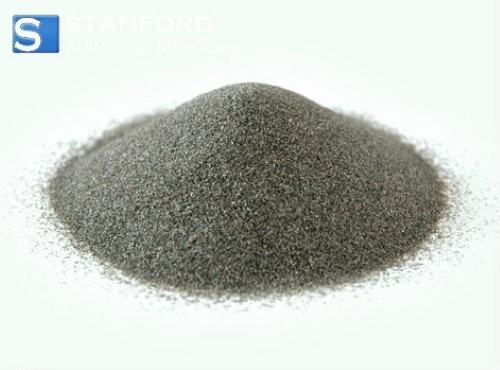
4. Boron Carbide (B4C)
- Properties: Boron carbide demonstrates high hardness that is exceeded only by diamond and cubic boron nitride. Its low density contributes to its effectiveness in ballistic armour applications.
- Applications: It is used in abrasive environments for nozzle components and protective clothing that require high impact resistance. It is also employed for neutron absorption in nuclear reactors.
- Suitability: It is ideal for applications that require high hardness and light weight for protection against high-velocity particles.
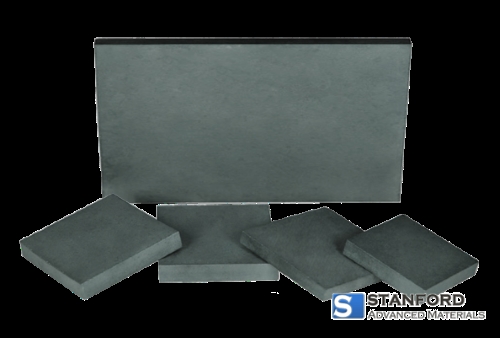
5. Silicon Carbide (SiC)
- Properties: Silicon carbide is distinguished by excellent resistance to thermal cycling, low thermal expansion and high thermal conductivity.
- Applications: It is used in high-temperature applications that also require quantified abrasion resistance, such as semiconductor manufacturing equipment and abrasive environments.
- Suitability: It is recommended for applications that demand high thermal conductivity and durability under fluctuating temperatures.
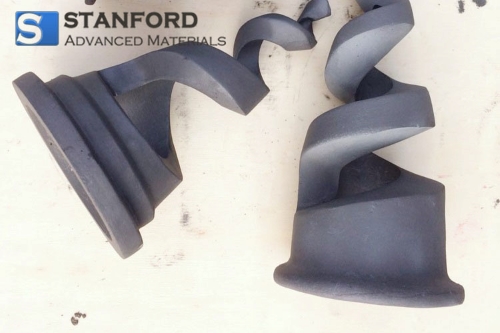
The selection of carbide for hardfacing depends on the specific requirements, including the type of wear (abrasion, erosion, impact), operating temperatures and environmental conditions.
Tungsten carbide is commonly preferred for its high hardness and wear resistance. Chromium carbide is effective in high-temperature oxidation environments, titanium carbide is used for its thermal stability and hardness, and boron carbide offers high hardness with low density.
Application of Cemented Carbide Armour
- How Are Cemented Carbide Armours Produced?
There are several methods for applying carbide armours, each suitable for different component geometries and operational requirements:
- Overlay Welding: In this traditional method, carbide material is fused to the substrate using welding techniques. The process results in a secure bond and is applicable to various component sizes and shapes.
- Thermal Spraying: Carbide particles are heated until molten or semi-molten and then sprayed onto the substrate. This method permits the application of thicker coatings without significantly heating the substrate.
- Laser Hardfacing: A high-powered laser melts the substrate surface together with the carbide material. The method enables precise application with minimal dilution, thereby producing a high-quality coating.
-- What Are the Applications of Cemented Carbide Hardfacing?
Cemented carbide hardfacing is used across multiple sectors to extend the service life of machine components that encounter severe wear. Key sectors include:
In mining and construction, the wear resistance of drill bits and excavator teeth is improved. In the oil and gas industry, it is applied to protect drilling tools and valves against abrasive fluids. The manufacturing sector uses carbide-coated cutting tools, moulds and dies that maintain dimensional integrity under prolonged use.
Conclusion
Cemented carbide hardfacing contributes to extending the service life and efficiency of industrial components exposed to severe wear. Ongoing technological improvements have refined the role of carbides in hardfacing, thereby promising further enhancements in operational longevity and performance for industrial machinery.
Stanford Advanced Materials (SAM) specialises in the supply of a wide range of carbide powders used in various industries. Whether for hardfacing, cutting tools, wear-resistant coatings or high-performance ceramics, SAM provides tailored solutions to improve performance and extend lifespan. The product range includes tungsten carbide, silicon carbide, titanium carbide and more. Please contact us if you require further information.

 Bars
Bars
 Beads & Spheres
Beads & Spheres
 Bolts & Nuts
Bolts & Nuts
 Crucibles
Crucibles
 Discs
Discs
 Fibers & Fabrics
Fibers & Fabrics
 Films
Films
 Flake
Flake
 Foams
Foams
 Foil
Foil
 Granules
Granules
 Honeycombs
Honeycombs
 Ink
Ink
 Laminate
Laminate
 Lumps
Lumps
 Meshes
Meshes
 Metallised Film
Metallised Film
 Plate
Plate
 Powders
Powders
 Rod
Rod
 Sheets
Sheets
 Single Crystals
Single Crystals
 Sputtering Target
Sputtering Target
 Tubes
Tubes
 Washer
Washer
 Wires
Wires
 Converters & Calculators
Converters & Calculators
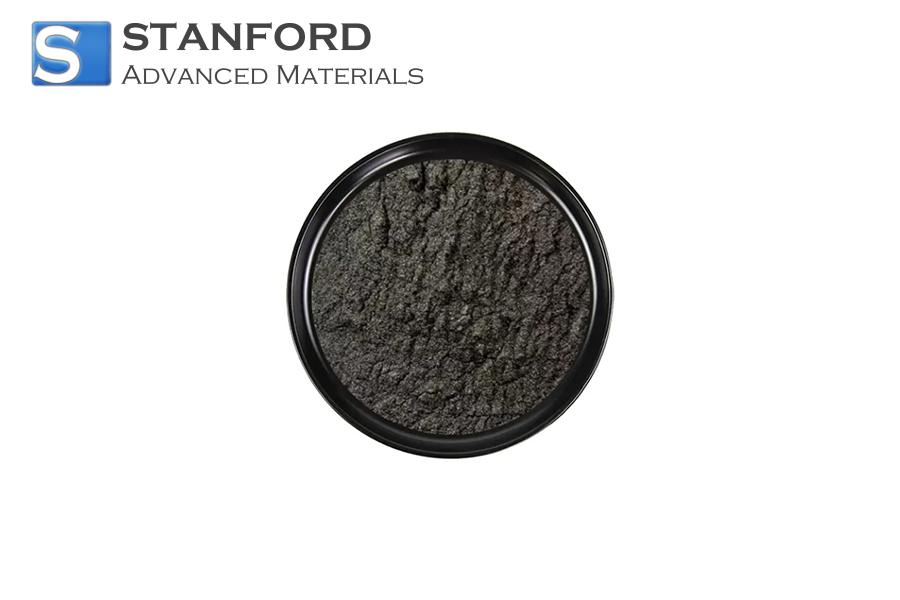
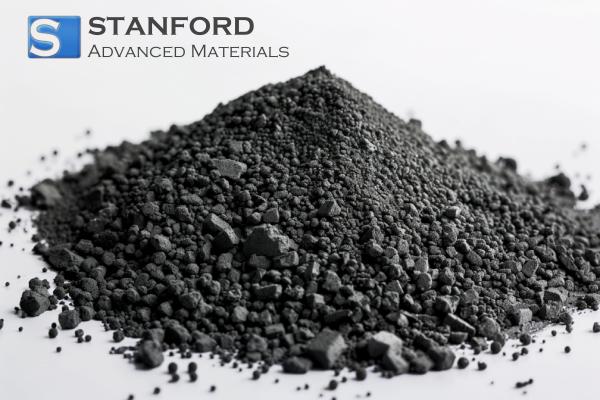
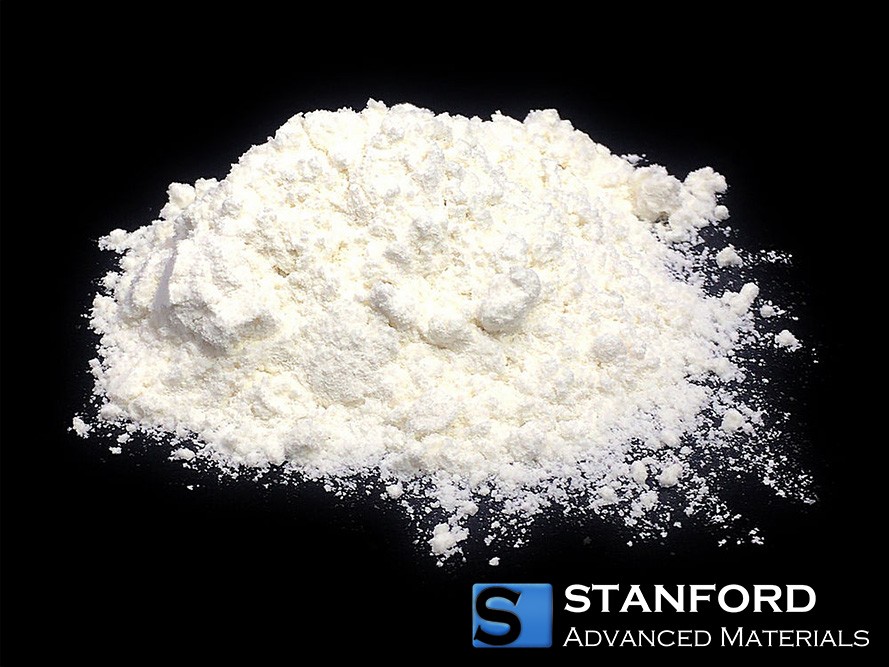
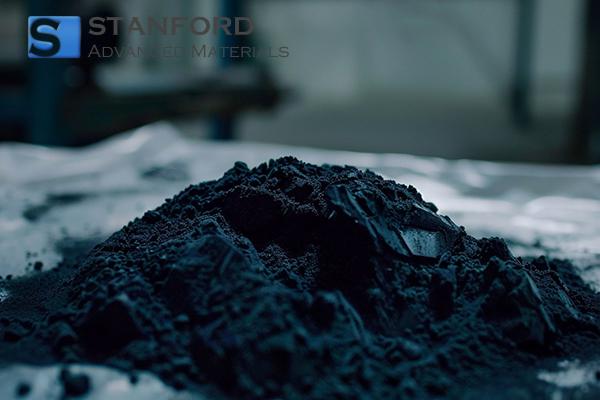
 Chin Trento
Chin Trento


